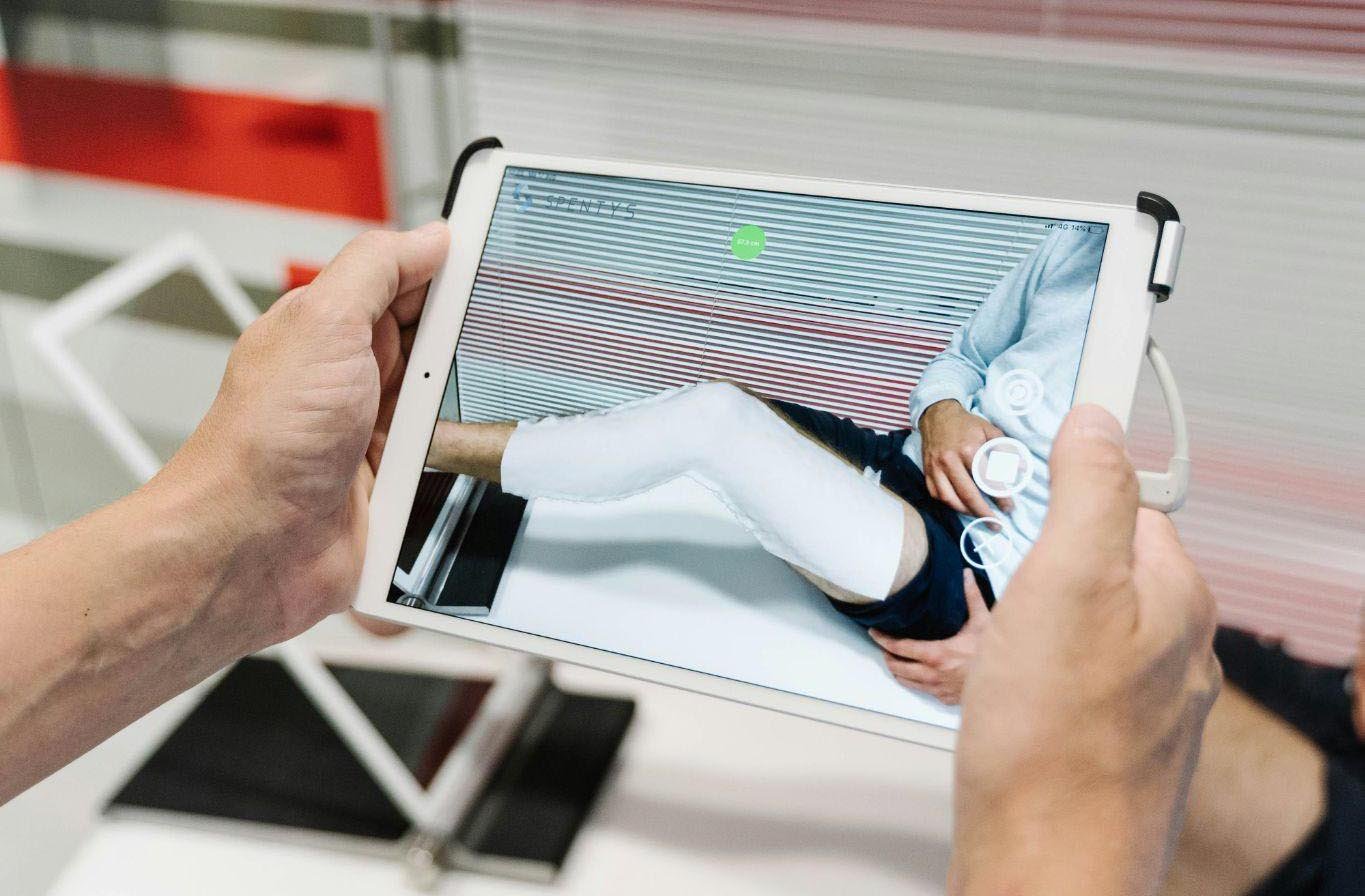In the fast-paced world of medical device development, innovation is not just beneficial—it’s essential for staying competitive and meeting evolving healthcare needs. Companies must continually ideate and introduce new products that align with market demands and technological advancements. Product engineering and design services play a crucial role in this process, helping companies transform novel ideas into market-ready solutions that can significantly impact patient care.
Understanding Product Engineering and Design Services
Product engineering services encompass the full lifecycle of a product, from initial concept validation through to market launch. This holistic approach ensures not only the technical development of a product but also integrates strategic marketing to maximize commercial success.
Initial Concept Assessment and Development
The process begins with a thorough evaluation of the new product idea. About 30% of new products fail to meet customer needs, highlighting the importance of this phase. Teams of designers, engineers, and key stakeholders collaborate to translate the initial concept into a detailed set of product specifications. This stage often involves extensive prototyping to test functionality, durability, and scalability.
Key Components of Product Engineering
Advanced Software Development: In today’s digital age, advanced software development is integral to medical device innovation. Cutting-edge technologies like artificial intelligence and cloud computing are employed by engineers in designing complex software solutions that improve device functionality and user interaction.
Product Architecture: Effective product architecture involves careful planning of the product’s structure and capabilities. This phase is very important because it determines how the product will be designed, manufactured and ultimately used. The choice of a modular or integrated design could have far-reaching implications on issues such as production systems and future product enhancement options.
User-Centric Design: With approximately 79% of consumers stating that user experience is as important as the product itself, adopting a user-centric design approach is imperative. Designers focus on understanding user interactions and feedback to craft intuitive and engaging products. Prototypes are rigorously tested and refined based on user testing to ensure the product meets practical usability standards.
Prototyping and Product Development
After the initial designs are set, prototypes are developed to visualize and test the product’s design. This step is crucial for identifying potential issues before full-scale production begins. It allows for necessary adjustments and ensures the product meets both business objectives and user needs effectively.
Validation and Innovation
Validation is the final hurdle before a product can enter the market. This phase includes rigorous in-house testing and pilot launches to gather comprehensive feedback. Post-launch, the focus shifts to continuous improvement and innovation. Product engineering services play a vital role in integrating new features and updates to enhance functionality and user experience over time.
Conclusion
Product engineering and design services are fundamental in the creation and continual development of medical devices. They bridge the gap between innovative ideas and market-ready products. By embracing a comprehensive approach to product development, medical device companies can ensure their products not only meet current market needs but are also adaptable to future technological advancements. Investing in such services is not just about launching new products—it’s about setting the stage for ongoing innovation and success in the dynamic healthcare sector.
















